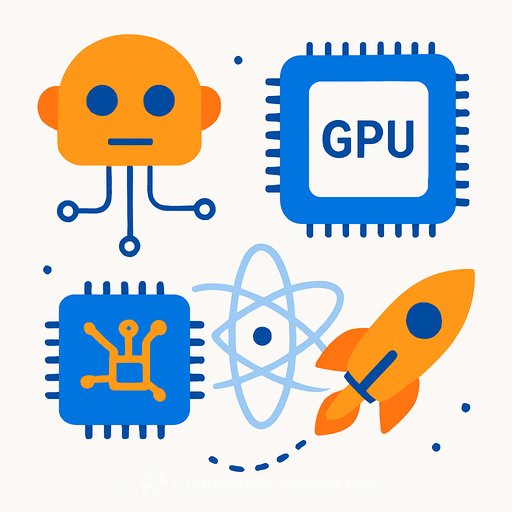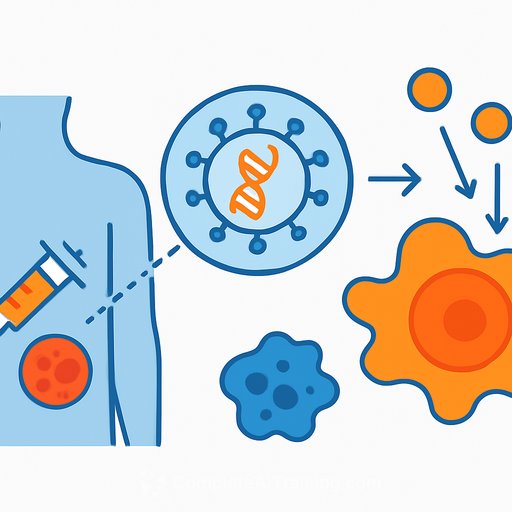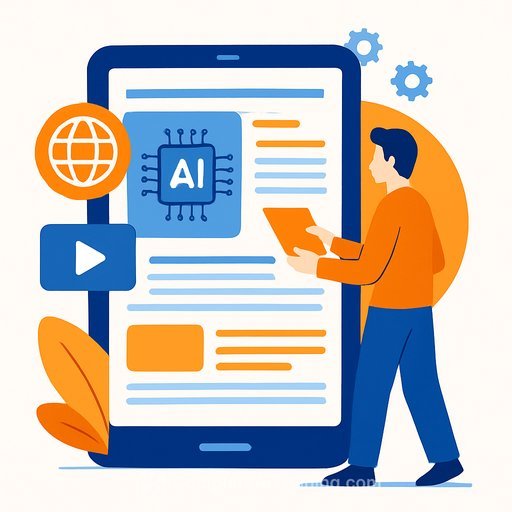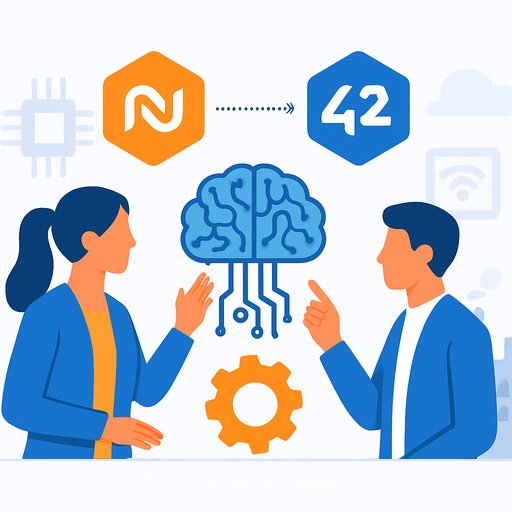Agentic AI, Accelerated Computing, and AI Physics: What Product Teams Can Ship Faster with Synopsys + NVIDIA
Synopsys is using NVIDIA GTC Washington, D.C. (Oct 27-29) to lay out a practical path from AI concepts to production-grade engineering. With Ansys now part of the mix, the company is tying agentic AI, GPU acceleration, and AI physics into workflows that span chip design, simulation, and materials research.
If you own delivery timelines, this matters: the updates target cycle time, design quality, and the cost of iteration across semiconductors and complex physical systems.
Agentic AI for semiconductor development
Synopsys is integrating its AgentEngineer technology with the NVIDIA NeMo Agent Toolkit and Nemotron models/data to drive autonomous steps across chip design flows. The focus: boost engineering productivity, raise signoff depth, and catch bugs earlier.
Early use in formal verification flows shows agents improving efficiency and flagging issues that manual review might miss. NVIDIA is currently piloting Synopsys AgentEngineer for AI-enabled formal verification, signaling practical traction in advanced design processes.
- Faster path to signoff with deeper coverage
- Lower rework from earlier defect discovery
- More consistent outcomes across large design teams
GPU-accelerated software: speed where it counts
Synopsys highlighted nearly 20 GPU-accelerated products across EDA and simulation, with two standouts for product development leaders who need results on tighter clocks.
- Lightning-fast physics (Ansys Fluent): Reported 500x speedup using GPU-accelerated computing with AI initialization. On eight NVIDIA Blackwell GPUs, Fluent manages workloads about 50x faster than 258 CPU cores. Initializing with NVIDIA PhysicsNeMo and DoMINO NIM adds another ~10x due to higher-accuracy starts, turning a two-week run into roughly 40 minutes.
- Materials exploration (Synopsys QuantumATK): With NVIDIA CUDA-X libraries and Blackwell architecture, teams are seeing up to 15x faster time to results for DFT and NEGF methods. Northrop Grumman Microelectronics Center reports moving development from weeks to hours (roughly 6-10x faster), opening up problem spaces previously out of reach.
Why this is useful for product development
- Compress iteration loops for design, simulation, and verification
- Explore more design alternatives without blowing up the schedule
- Reduce late-stage risk by surfacing issues earlier in the flow
- Scale expertise with agentic assistants embedded in tools
- Improve cost-to-answer for complex physics and materials questions
Where to see it at NVIDIA GTC Washington, D.C.
- Booth: #252
- Panel: Accelerating Next Generation Chip Design with Agentic AI and GPUs | Oct 29 | 10:00 - 10:40am ET
- Panel: New Frontiers in Clinical Development - Where Digital AI Meets Physical AI | Oct 29 | 2:00 - 2:40pm ET
- Theater session: Engineering Intelligent Systems with Synopsys and Booz Allen | Oct 29 | 3:20 - 3:35pm ET
Make it actionable
Bring your toughest verification bottleneck or simulation backlog to the booth and map it to agentic flows or GPU-accelerated runs. Start with one high-value workflow, measure cycle-time and quality delta, then expand.
For deeper context on digital engineering ecosystems, see NVIDIA Omniverse. If you're building team capability around AI for product work, explore curated AI courses by job role.
Your membership also unlocks:






